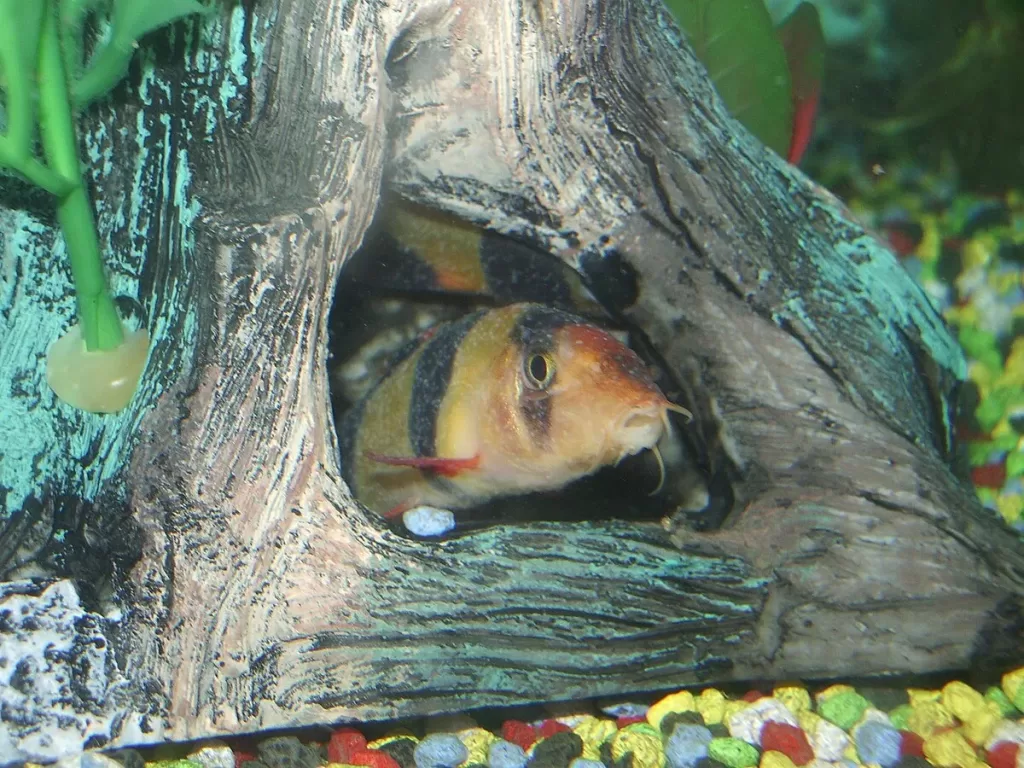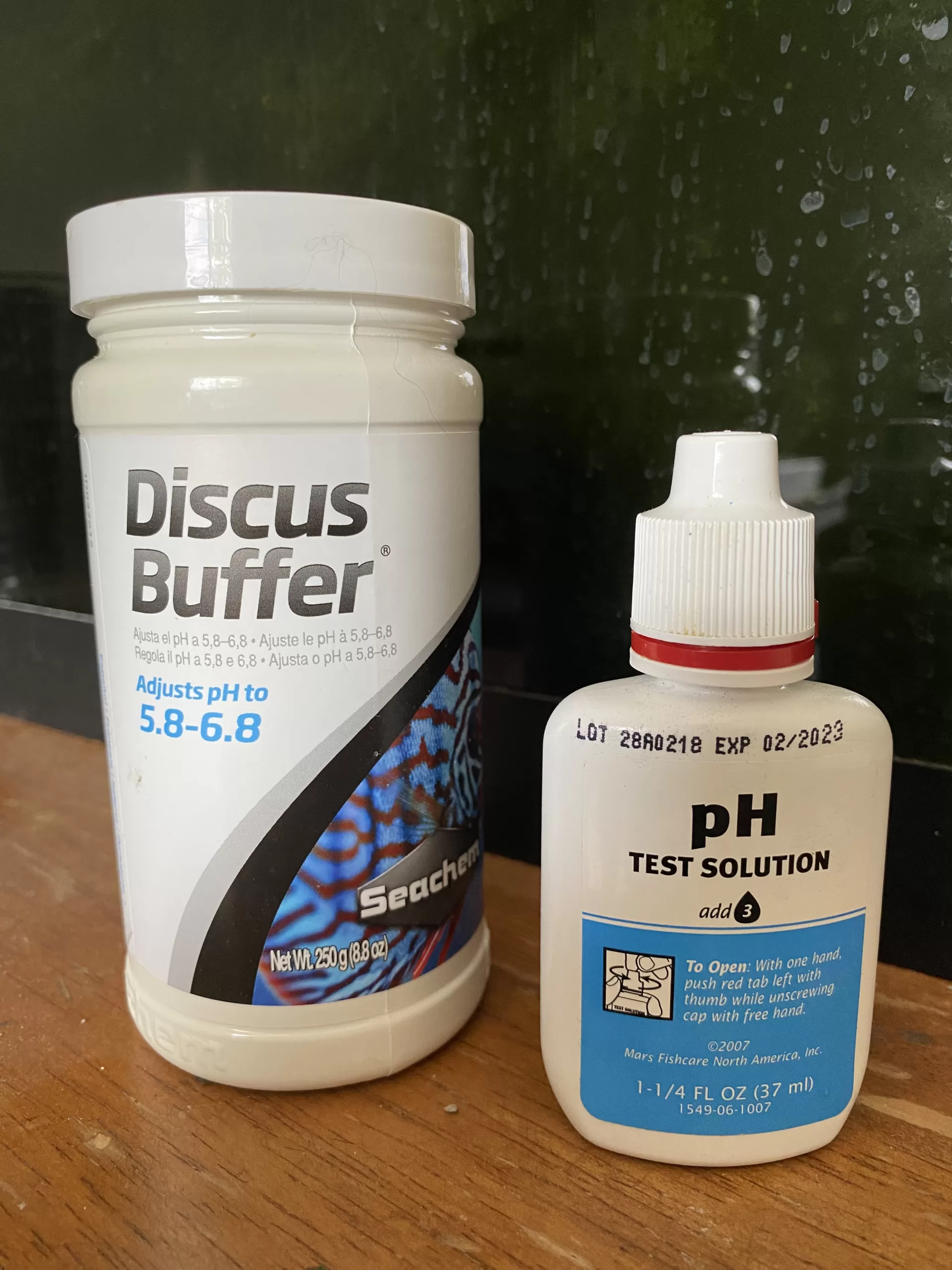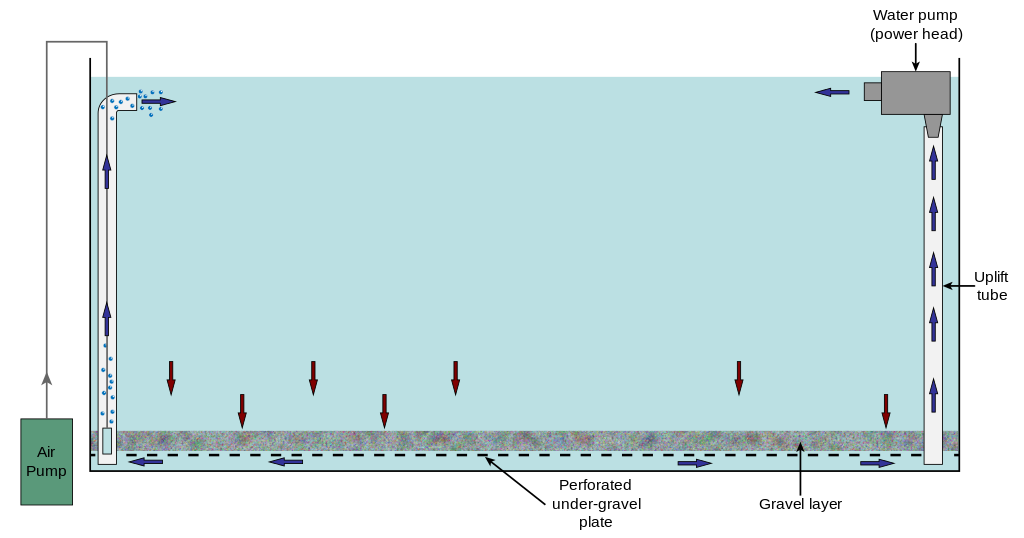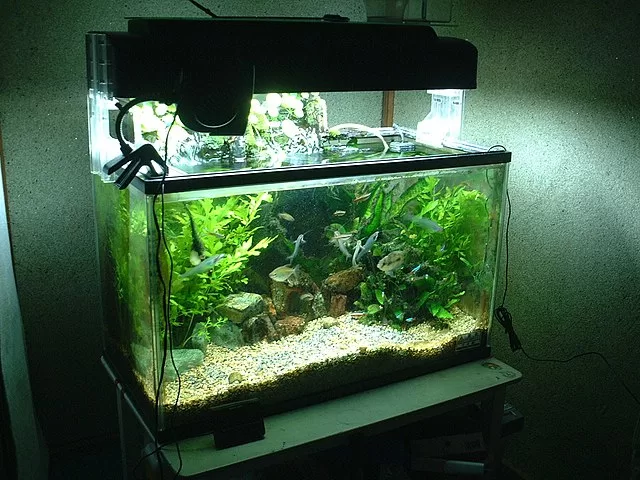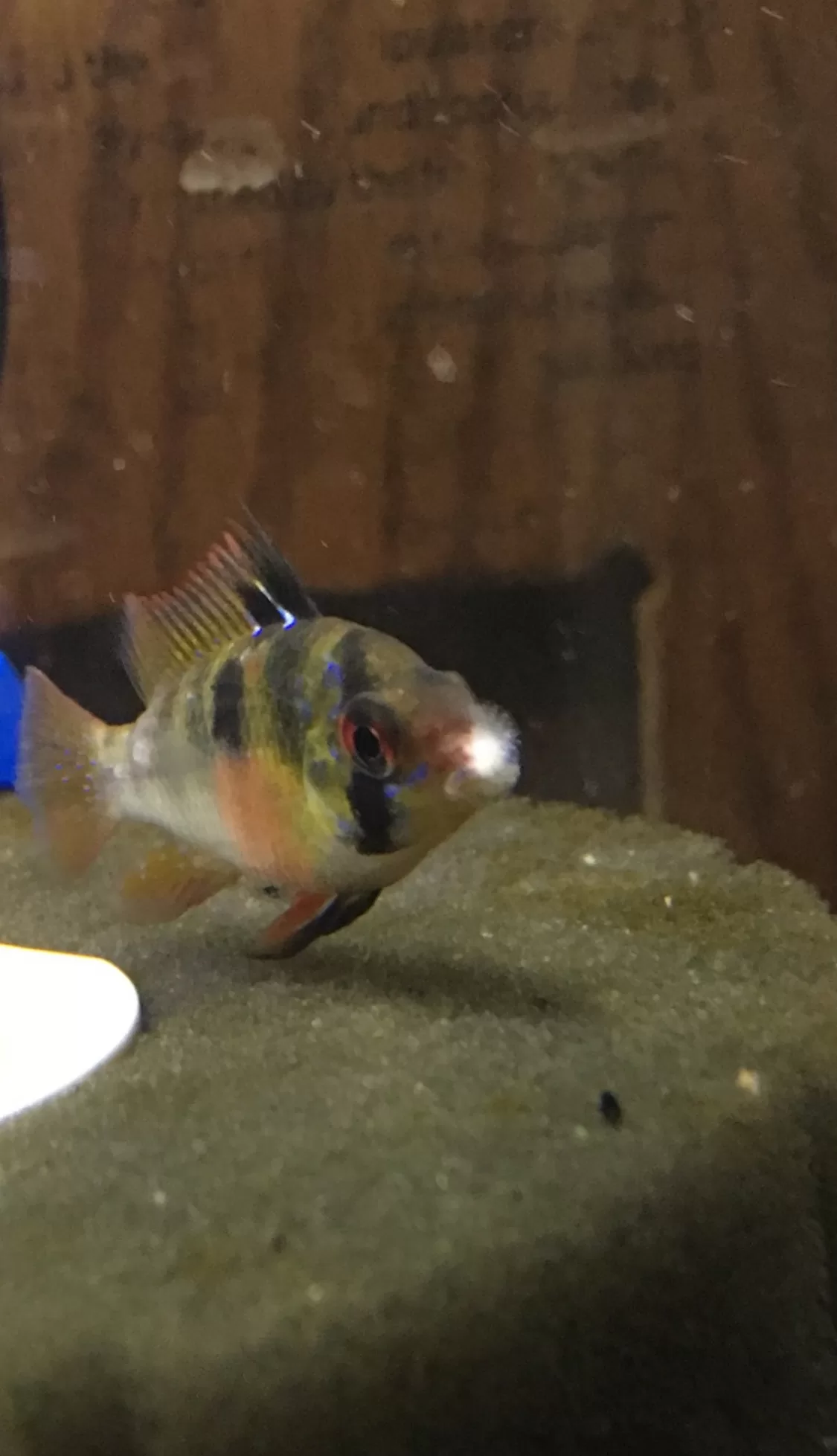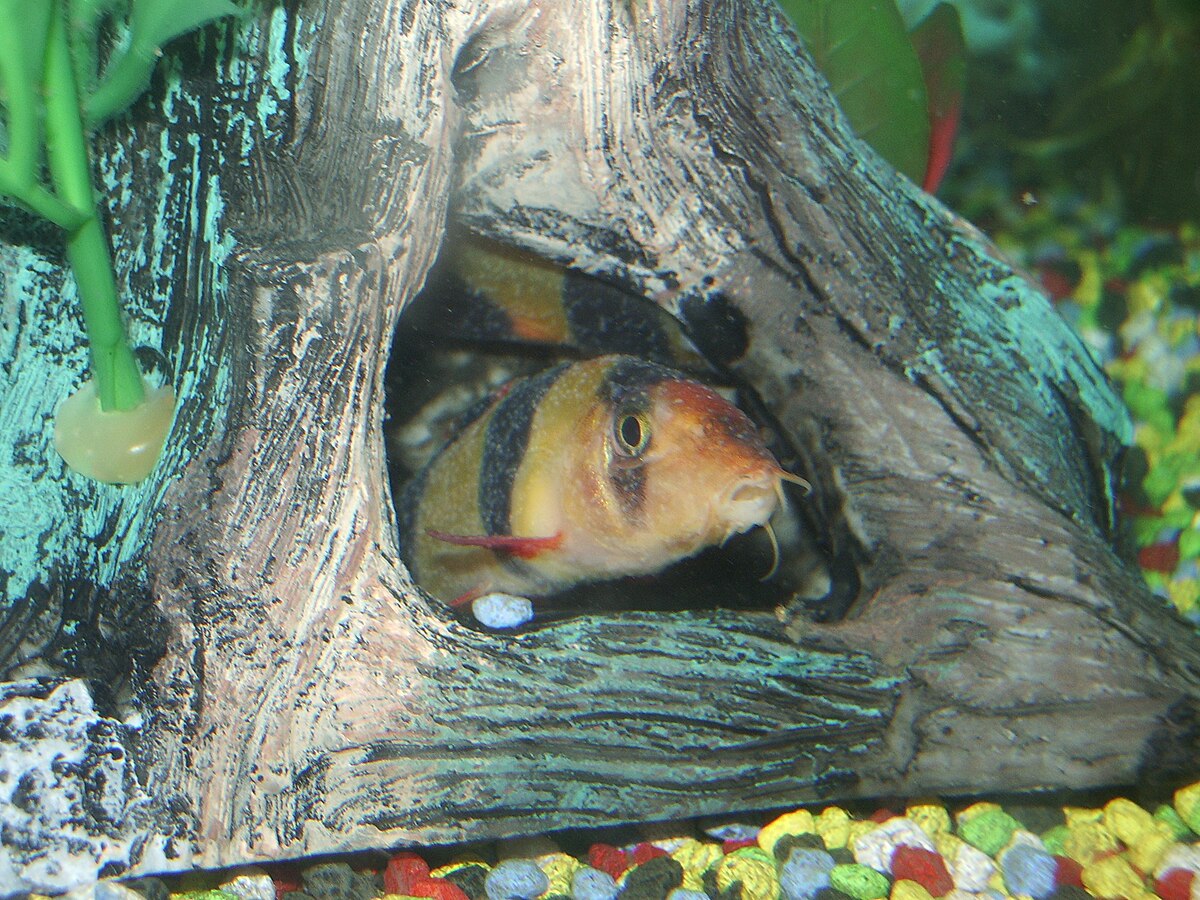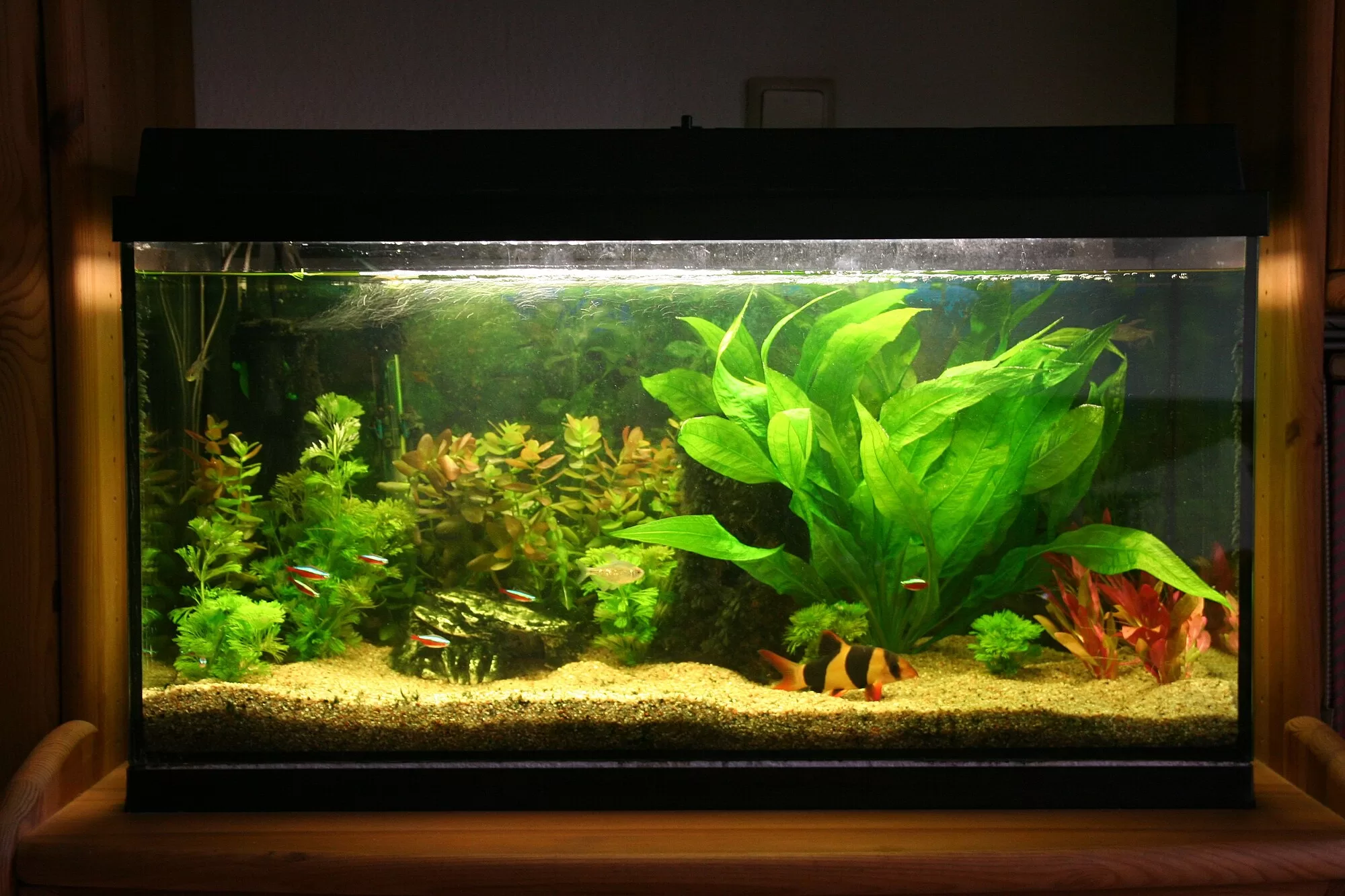External parasites in aquarium fish are an extremely common issue that all hobbyists will run into sooner or later. Two common culprits are Ichthyophthirius multifiliis (commonly known as Ich or white spot disease) and Piscinoodinium pillulare (known as Velvet or gold dust disease). Both parasites are known to cause a lot of stress, and if left untreated can lead to mortality. Ich is much more common than velvet, especially in freshwater aquariums. Luckily, I’ve only had to deal with velvet a handful of times while I was working at the fish store, but not at home.
The straightforward answer is that Velvet is always gold in color, while Ich is white. The good news is, treatment is the same for both!
Identifying Velvet Vs Ich
Ich (White Spot Disease)
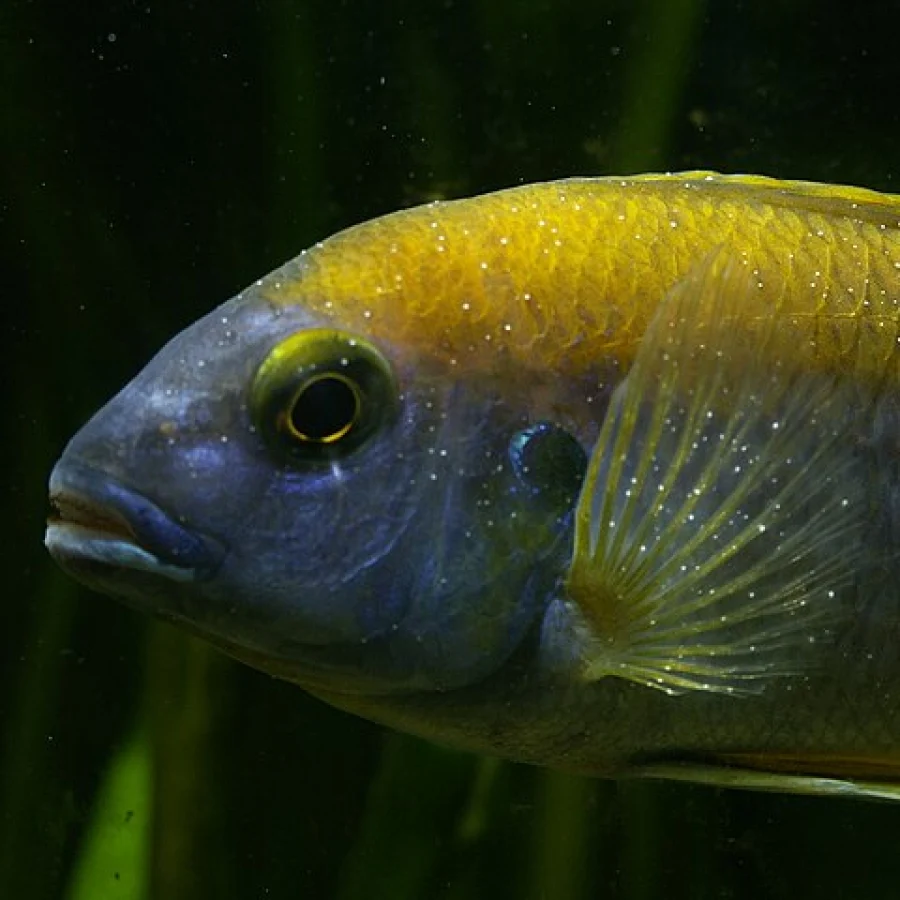
Appearance: Ich looks like tiny, white, spots covering the fish’s body, fins, and gills. It makes it look like the fish is covered in salt.
Behavioral Symptoms: The fish might rub or scratch against things to try and scrape them off. They might be lethargic and not eating.
Lifecycle: Ich has a multistaged lifecycle. That includes a free-swimming stage where it tries to find a host. This free-swimming stage is when it’s vulnerable to medication.
Velvet (Gold Dust Disease)
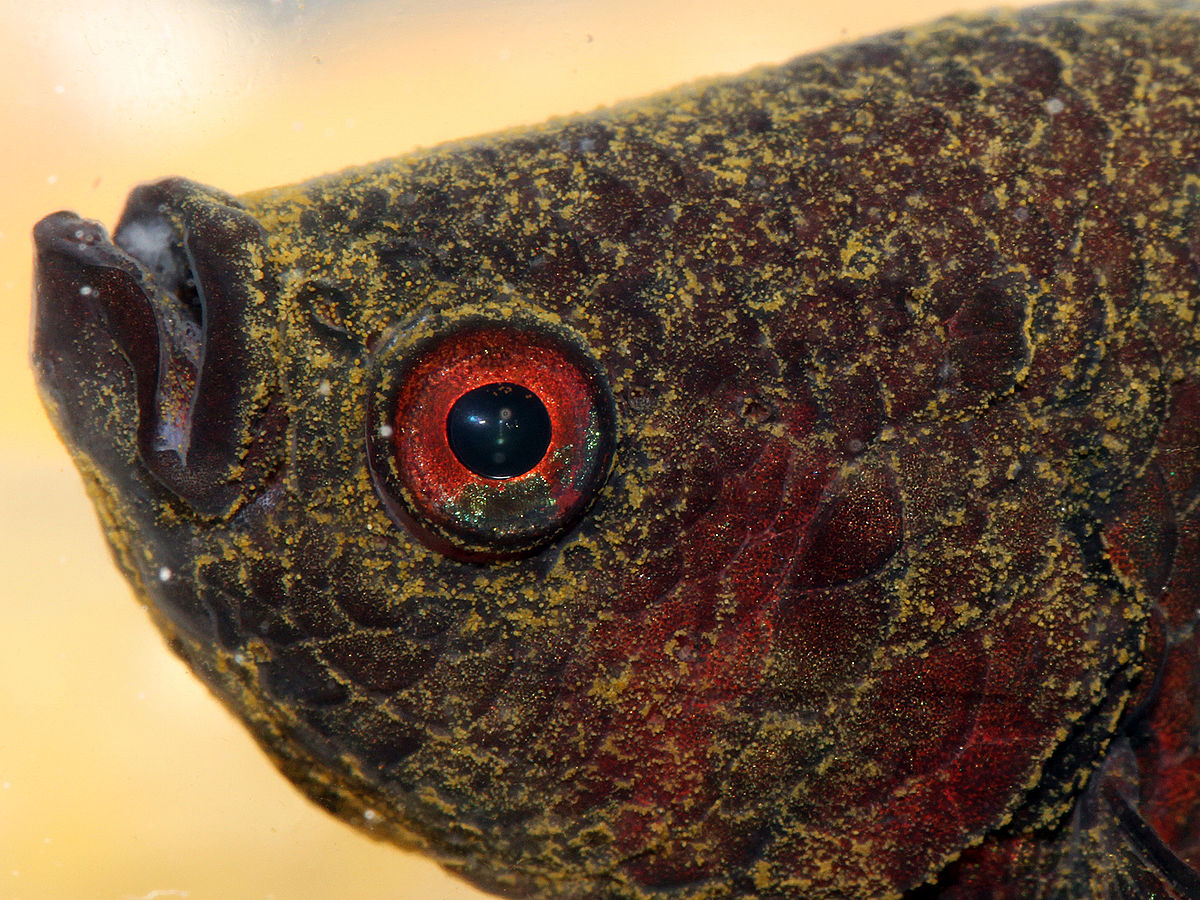
Appearance: Velvet looks similar to ich, but it’s more clustered and gold, not white.
Behavioral Symptoms: Like Ich, the fish will scrape against things trying to get the parasite off. They will often become lethargic and not eat.
Lifecycle: Velvet’s lifecycle also has a vulnerable free-swimming stage, called a Dinospore. When it finds a host, it attaches to the skin and forms a hard shell for protection, this is the Trophont cyst stage. After a few days, they fall off and start to divide into more Dinospores. These Dinospores are vulnerable to medication.
Treatment Options
Treating Ich and Velvet requires a multi-staged approach. Luckily, the same treatment works for both, as they are very similar in how they reproduce and react to temperature. This is not the case with other similar-looking infections, like Epistylis and Ich requiring different treatments.
- Increase Temperature: Gradually raising the aquarium water temperature to around 82°F speeds up the Ich lifecycle, making it more susceptible to treatment.
- Medication: Use over-the-counter Ich treatments available at pet stores. Hikari Ich-X, part of the med trio, is my go-to for this.
- Salt: For freshwater tanks, using salt in the tank is an option, however, I’m really not a fan of using salt when there are much better options available. If you are not in the US and cannot get medication like we can, use one tablespoon (14 grams) of sodium chloride per 3 gallons (1 gallon=3.7 liters), going to one tablespoon per 2 gallons if there’s no improvement, going as high as one tablespoon per gallon if necessary.
Prevention: The Importance of Quarantining New Fish
I would scream it from the rooftop if I could, quarantine, quarantine, quarantine! You should have a separate aquarium for new fish before introducing them to your main tanks. This is usually around 2 to 4 weeks, preferably 4. During this time, you should use the med trio while monitoring the fish for signs or symptoms of illness. Because many illnesses have no symptoms, treating prophylactically is the best option.
Understanding Ich And Velvet
The easiest way to differentiate Ich and Velvet is the color. Velvet will always be gold, whereas Ich will always be white. It will never be any other colors. Treatment is the same for both parasites, which makes it much more simple to treat, even if you incorrectly identify one for the other. Hikari Ich-X is my go-to treatment for both parasites, if you cannot access medication like this, salt is your best next option.
Citations:
- Mydigitalife, CC0, via Wikimedia Commons

